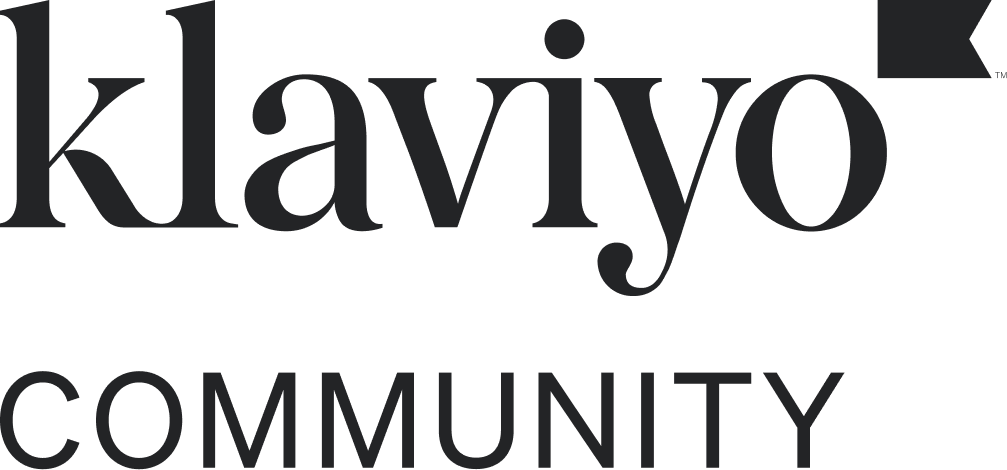So It seems I having some trouble getting around the structure of Klaviyo in choosing the best option.
First some background to the problem
multiple products, each with a different name, each with a different daily email- the whole email will be different, the structure the same but it will last for a few weeks based on when the user has the product delivered and then will stop after a certain number of weeks.
I have a flow setup to tell them that the emails will begin that is triggered by them being delivered the product (fulfilled for now cause I don’t have the back end set up but that trigger should come in when it is set up)
Now
I am trying to find the best way to start the next flow for that user who has just received their product that is based on the individual product they purchased (likely the list or segment will have the same name as the name of the product)
I found trigger splits but since I will be having upwards of 40+ products I was wondering if that meant I needed to make 40+ lists? Even if so how would I send them to the list/flow after the shipment delivered flow finishes- from what i’ve read that would be best for a segment but there is no option to add a user to a segment (only list) and I would need to add them to the list that has the same name of the product which I can’t get that variable or don’t know how.
I think having a flow or list for each product is the only way cause of the fixed length of the emails, the difference between the content of the emails & the fact that they start when the user purchases the product which will be different for each one…
Can someone who is more familiar with the Klaviyo system & values help me to understand how to use it in this situation for automation?
Trigger Split Based on Product Name for 30+ products
Best answer by AlexandraPalau
Hello
Thank you for your detailed question. Managing product-specific email flows for a large number of products can indeed be challenging. Based on Klaviyo's best practices and official resources, here are some strategies to consider:
1. Single Flow with Trigger Splits:
-
Flow Trigger: Utilize the "Fulfilled Order" event to initiate the flow when a product is delivered.
-
Trigger Splits: Implement trigger splits based on product names or SKUs to direct customers into product-specific branches within the flow. This method allows you to manage multiple products within a single flow structure.
Reference: How to create a product-specific flow
2. Dynamic Content in Emails:
If the email structure remains consistent across products, you can use dynamic content blocks to personalize emails based on the purchased product. This approach reduces the need for multiple emails and leverages conditional logic to display product-specific information.
Reference: Show or Hide Template Blocks Based on Dynamic Variables
3. Separate Flows for Each Product:
For entirely distinct email content per product, setting up individual flows for each product might be necessary. While this increases the number of flows, it ensures that each customer receives tailored content specific to their purchase.
Reference: Best Practice for Multiple Post Purchase Flows For Specific Products
4. Utilizing Segments:
Instead of creating multiple lists, consider using segments to group customers based on their purchased products. Segments are dynamic and update automatically, reducing manual management.
Reference: Creating more than two trigger splits based on product purchased
Each of these strategies has its advantages and challenges. The optimal approach depends on your specific requirements, such as the degree of personalization needed and the resources available for flow management. It's essential to balance scalability with personalization to achieve the best results.
I hope this provides clarity on how to structure your product-specific email flows in Klaviyo. If you have further questions or need additional assistance, feel free to ask!
Reply
Enter your E-mail address. We'll send you an e-mail with instructions to reset your password.






